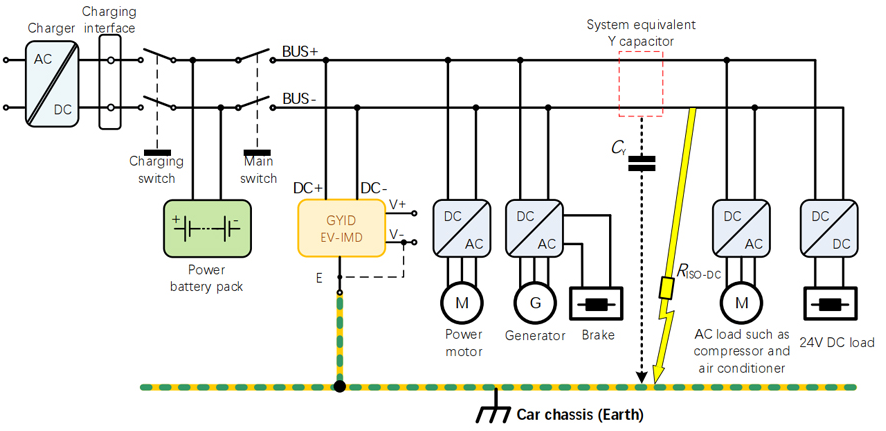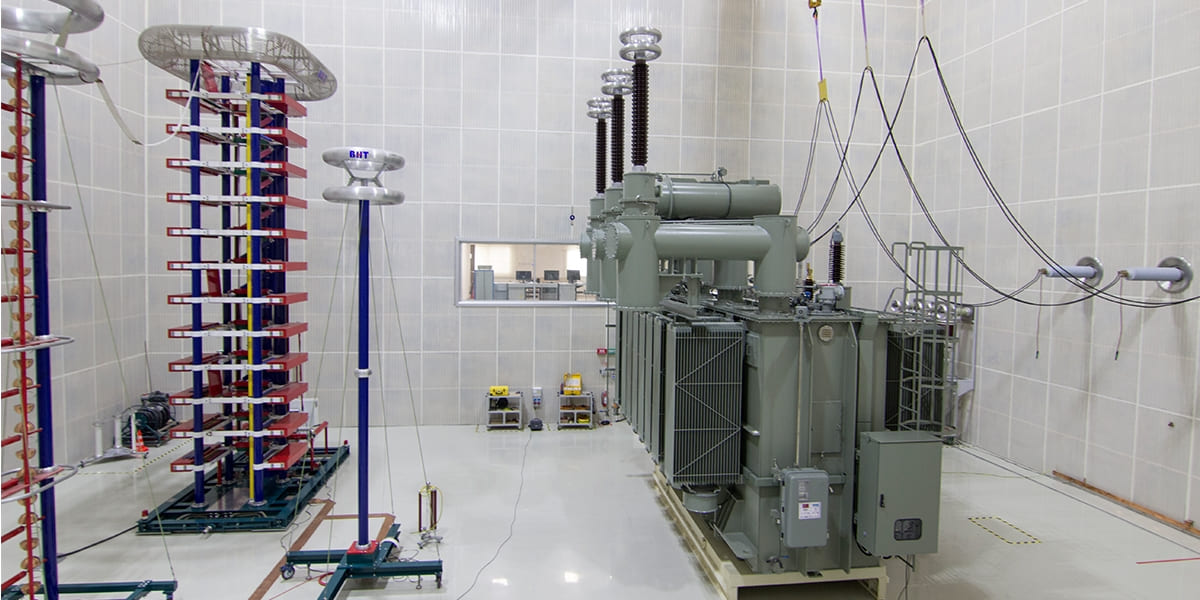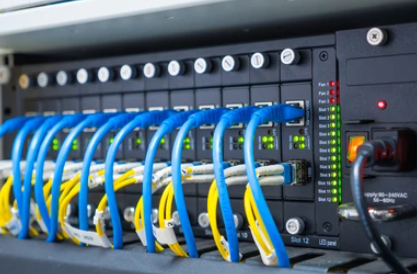Power Quality Analyzer is a special instrument used to monitor and analyze the quality characteristics of electric energy to evaluate the stability, ripple, harmonics and other related parameters of current and voltage waveforms in the power system. Power quality analyzers are widely used in industrial, commercial and residential environments to ensure stable operation of power systems, improve energy efficiency, reduce power losses, and prevent equipment damage.

Power quality analyzer function
1. Current and voltage monitoring:

The power quality analyzer has high-precision current and voltage monitoring capabilities. It can collect current and voltage waveform data in the power grid in real time and accurately measure it. This helps to understand the waveform characteristics in the power system and ensure that it meets the prescribed power quality standards.
2. Waveform analysis and harmonic detection:

This instrument can conduct detailed analysis of current and voltage waveforms and detect harmonic components. Harmonics are periodic vibrations of non-sinusoidal waveforms that can cause various problems in power systems. The harmonic analysis function of the power quality analyzer can help users identify and solve problems caused by harmonics to ensure the normal operation of the power system.
3. Ripple analysis:
In addition to harmonics, power quality analyzers can monitor ripples in current and voltage, which are rapid changes in AC waveforms. This is critical for assessing the stability of the power supply and the sensitivity of the device to electricity. Through ripple analysis, users can identify and resolve ripple-related power quality issues and improve system reliability.
4. Event record:
Power quality analyzers can record various events that occur in the power system, such as voltage sag, current mutation, etc. These event records are critical for analyzing the causes and effects of power quality problems. Through detailed event records, users can develop effective response strategies and improve the stability of the power system.
5. Data storage and report generation:
Power quality analyzers are usually equipped with large-capacity storage devices and can record large amounts of power quality data for a long time. In addition, it can generate detailed reports showing current, voltage, harmonics and other data. This helps users gain an in-depth understanding of power quality conditions and take timely measures to solve problems.
Power quality analyzer application
1. Industrial production environment:

Power quality analyzers are widely used in industrial production. By monitoring power quality, industrial companies can prevent equipment failures and improve production efficiency. Monitoring of harmonics and ripple is critical to the proper operation of large industrial equipment, and power quality analyzers can provide timely alerts and data analysis.
2. Commercial buildings:
In commercial buildings, power quality analyzers can be used to monitor and optimize the operation of electrical systems. This helps improve energy efficiency, reduce energy waste and lower electricity costs. Commercial buildings have high requirements for the stability of power supply, and the application of power quality analyzers can ensure the reliability of the power system in the building.
3. Electric power industry:

Power companies and grid managers use power quality analyzers to monitor power quality in the grid to ensure compliance with national and international standards. In the power industry, power quality analyzers can be used to quickly locate and solve power grid problems, improve the stability of the power system, and prevent power quality problems from affecting users.
4. Scientific research and educational institutions:

Scientific research and educational institutions can use power quality analyzers for experiments and research. It provides students and researchers with an in-depth understanding of power quality.






